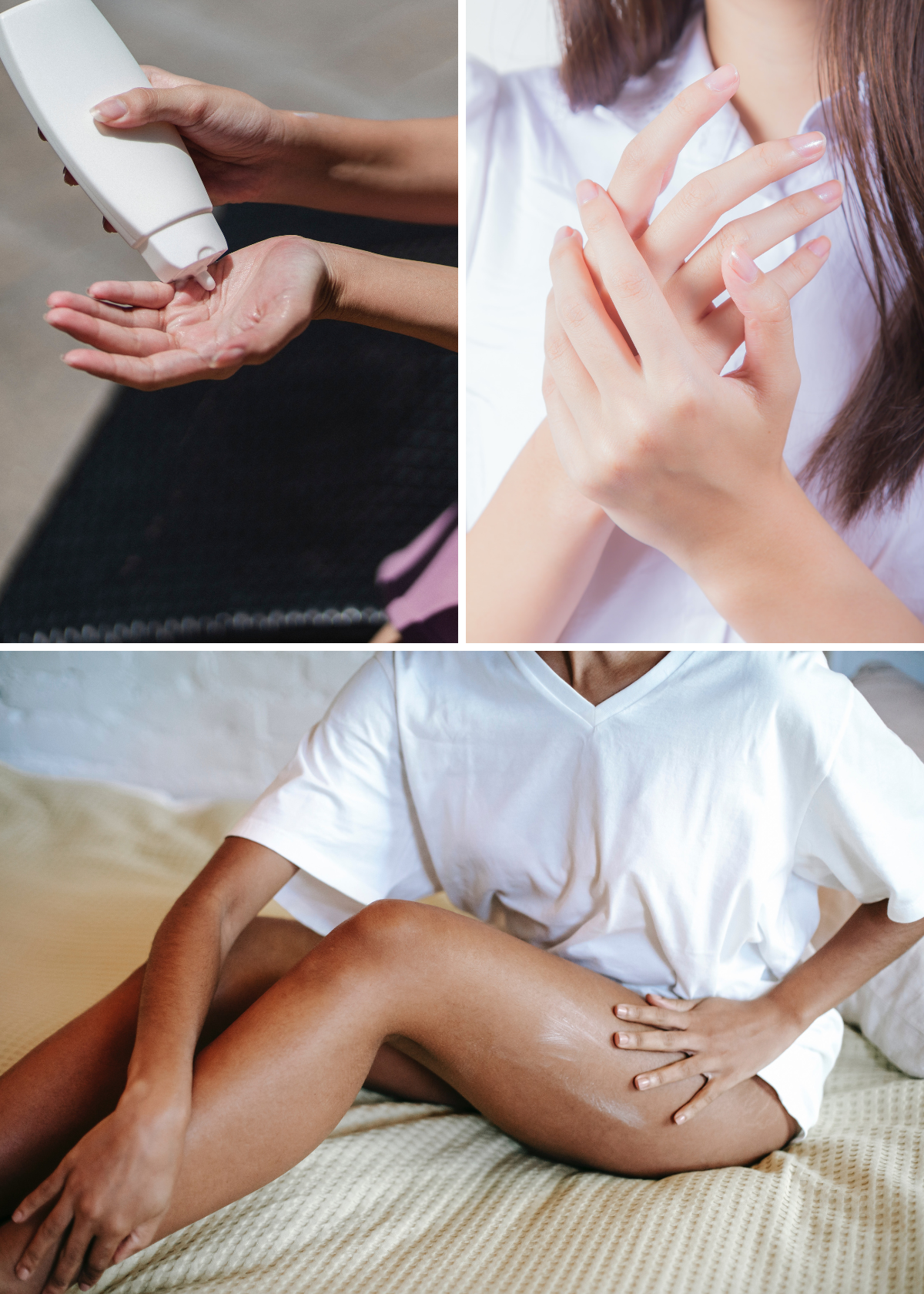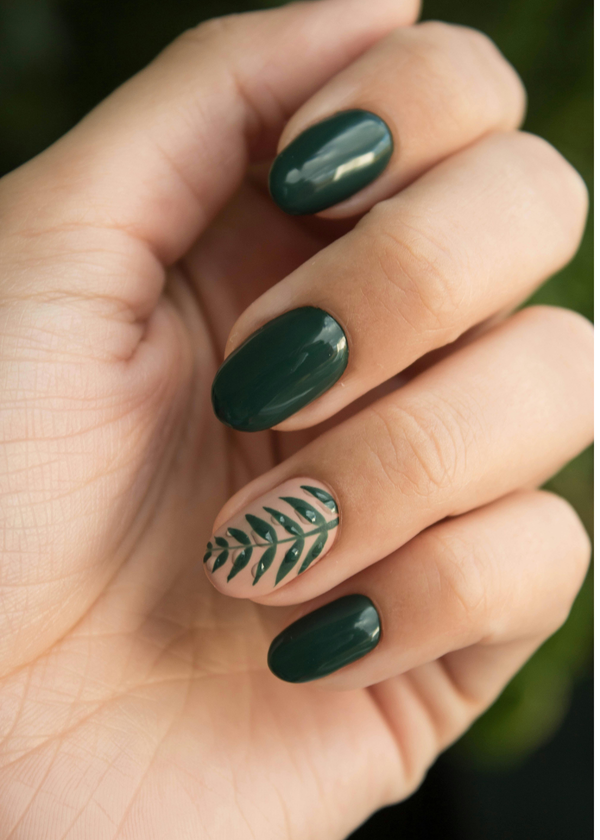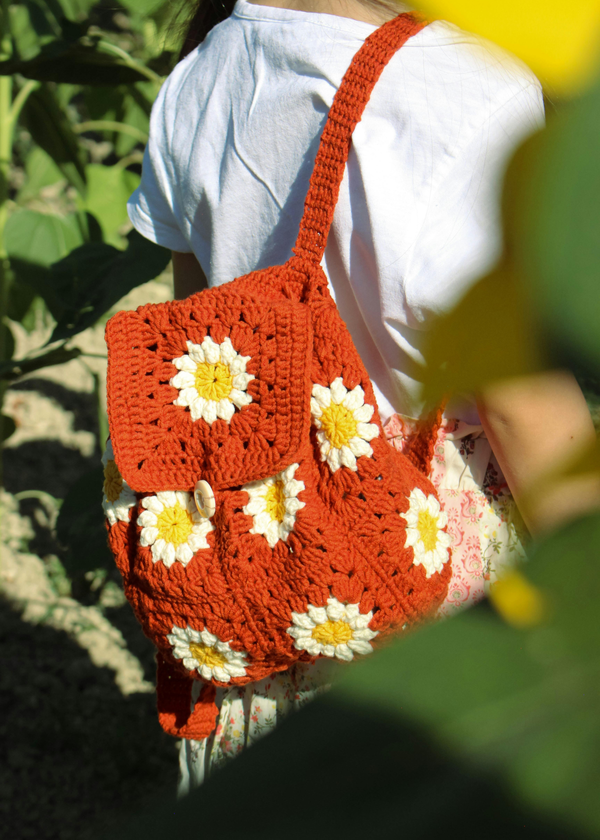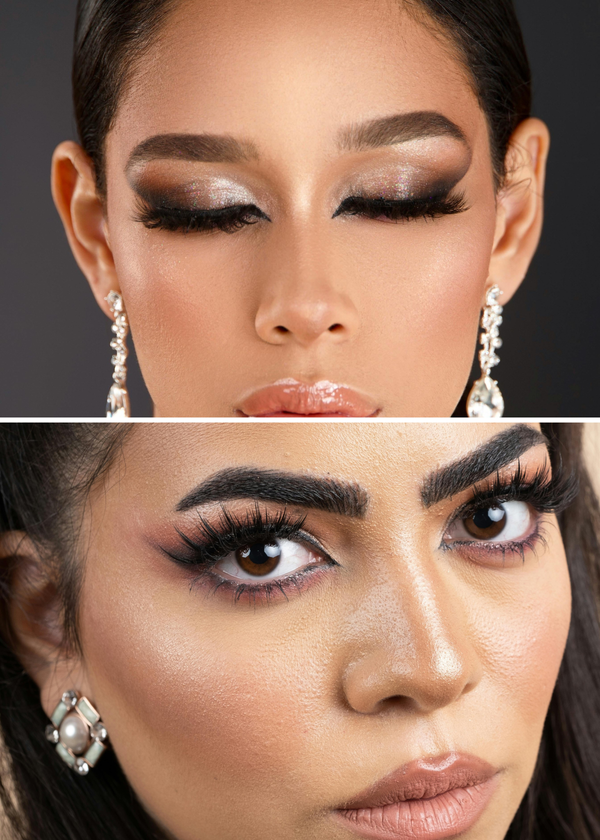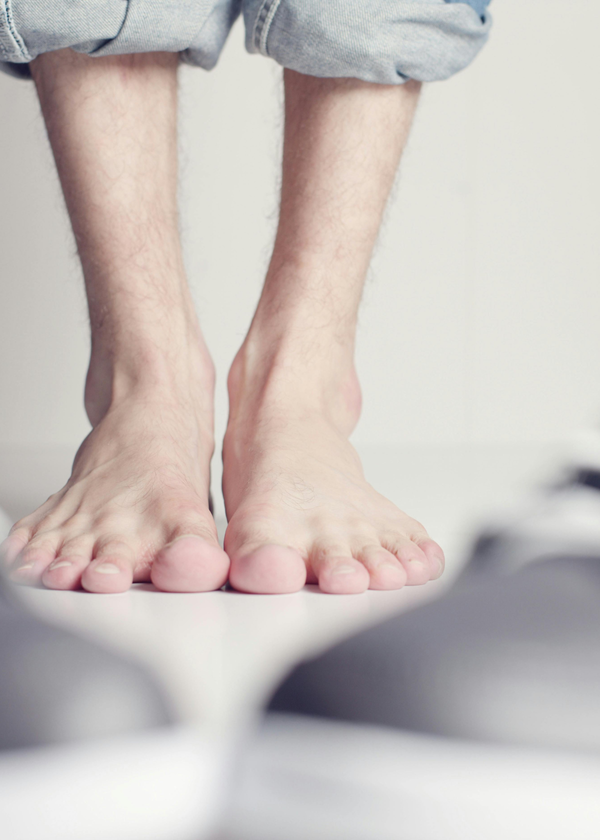As we age, our skin undergoes a series of changes that are influenced by various intrinsic and extrinsic factors. One of the common concerns that many individuals face as they grow older is the development of crepey skin. This term refers to the thin, fragile, and wrinkled appearance of the skin, resembling the texture of crepe paper. While crepey skin can appear on various parts of the body, it is often observed on the arms, legs, and neck.
The quest for effective remedies against crepey skin has led to the rise of various skincare products and ingredients, and one ingredient that has garnered significant attention is retinol. Retinol, a derivative of vitamin A, is celebrated for its potential to address a range of skin issues, from fine lines and wrinkles to acne.
But the question remains: does retinol lotion help crepey skin? In this article, we delve into the science behind retinol's effects on the skin and its potential benefits for crepey skin.
Understanding Crepey Skin: Causes and Mechanisms
Before we dive into the potential benefits of retinol for crepey skin, it's crucial to understand the underlying causes and mechanisms that contribute to its development.
Crepey skin is primarily a result of the natural aging process, which leads to a decrease in the production of essential proteins like collagen and elastin. These proteins are responsible for maintaining the skin's firmness, elasticity, and overall texture.
Furthermore, exposure to external factors such as ultraviolet (UV) radiation, pollution, and lifestyle choices (like smoking and an unhealthy diet) can accelerate the breakdown of collagen and elastin fibers.
As these fibers degrade, the skin loses its ability to snap back into place, resulting in the wrinkled, thin, and saggy appearance characteristic of crepey skin.
The Role of Retinol in Skincare
Retinol, often referred to as the gold standard of anti-aging ingredients, has gained popularity in the skincare world due to its potential to address multiple skin concerns.
Derived from vitamin A, retinol is a type of retinoid that works by binding to specific receptors on the skin cells. It then encourages these cells to behave in a more youthful manner. The benefits of retinol include:
1. Stimulating Collagen Production:
Retinol stimulates fibroblasts—the cells responsible for producing collagen and elastin fibers. By promoting collagen production, retinol helps to improve skin texture, firmness, and elasticity.
2. Exfoliation and Skin Renewal:
Retinol encourages cellular turnover, meaning it helps to shed the outermost layer of dead skin cells. This process not only reveals fresher, more radiant skin but also aids in diminishing the appearance of fine lines and wrinkles.
3. Enhancing Skin Hydration:
Retinol can enhance the skin's ability to retain moisture by promoting the synthesis of hyaluronic acid, a molecule that plays a crucial role in maintaining skin hydration.
4. Improving Skin Tone and Texture:
Regular use of retinol can lead to a smoother and more even skin tone by reducing the appearance of hyperpigmentation, age spots, and rough patches.
Retinol and Crepey Skin: Can It Make a Difference?
Given the impressive list of benefits associated with retinol, it's natural to wonder whether it can effectively address the issue of crepey skin. While retinol has the potential to improve skin texture and elasticity, its effectiveness in treating crepey skin depends on several factors:
1. Severity of Crepiness:
Retinol tends to show more noticeable results in cases where crepey skin is mild to moderate. Individuals with severe crepiness might require more intensive treatments, such as professional skin procedures or higher-strength retinoids available by prescription.
2. Consistency and Patience:
Achieving meaningful results with retinol requires consistency and patience. It typically takes several weeks, if not months, of regular use for the effects to become noticeable. Users should be committed to a skincare routine and willing to follow the recommended application guidelines.
3. Proper Application:
To reap the benefits of retinol, proper application is crucial. A pea-sized amount should be applied to clean, dry skin at night, followed by a moisturizer to minimize potential dryness and irritation. Sunscreen use during the day is also essential, as retinol can increase the skin's sensitivity to sunlight.
Combining Retinol with Other Strategies
While retinol can play a significant role in improving crepey skin, maximizing its effectiveness often involves a multi-faceted approach. Here are some additional strategies to consider:
1. Sun Protection:
UV radiation is a major contributor to skin aging and crepey skin. Regular use of broad-spectrum sunscreen with a high SPF can help protect the skin from further damage.
2. Hydration:
Well-hydrated skin appears plumper and more youthful. Hyaluronic acid-based serums and moisturizers can help maintain skin hydration when used in conjunction with retinol.
3. Healthy Lifestyle:
A balanced diet rich in antioxidants, vitamins, and minerals can contribute to overall skin health. Adequate hydration, regular exercise, and avoiding smoking can also support the skin's vitality.
4. Professional Treatments:
For individuals with severe crepey skin, seeking professional advice from a dermatologist or skincare expert is recommended. Procedures such as microdermabrasion, chemical peels, laser therapy, and prescription-strength retinoids might provide more noticeable results.
Potential Side Effects and Precautions
While retinol is celebrated for its benefits, it's essential to be aware of potential side effects and take necessary precautions:
1. Skin Sensitivity:
Retinol can cause skin sensitivity, redness, peeling, and dryness, especially during the initial stages of use. Gradually introducing retinol into your skincare routine and using it every other night can help minimize these effects.
2. Interaction with Other Ingredients:
Retinol should not be used in combination with certain ingredients, such as benzoyl peroxide and alpha hydroxy acids (AHAs), as they can exacerbate skin irritation.
3. Pregnancy and Nursing:
Pregnant or nursing individuals should consult their healthcare provider before using retinol, as high doses of vitamin A can have adverse effects on fetal development.
In Conclusion:
The Potential of Retinol for Crepey Skin
Retinol undoubtedly holds promise in the realm of skincare, including its potential to improve the appearance of crepey skin. By stimulating collagen production, promoting skin renewal, enhancing hydration, and improving overall skin tone and texture, retinol can contribute to a more youthful complexion.
However, achieving meaningful results requires consistent and patient use, along with a holistic approach to skincare that includes sun protection, hydration, a healthy lifestyle, and professional guidance when necessary.
As with any skincare ingredient, individual results may vary, and it's important to listen to your skin's response and adjust your routine accordingly.
If crepey skin is a significant concern, consulting with a dermatologist or skincare professional can provide personalized recommendations tailored to your skin's unique needs. With the right approach and a touch of patience, retinol may just become your skin's new ally in the battle against crepey skin.
Tap the GREEN button and see the Best Retinol Body Lotions.


